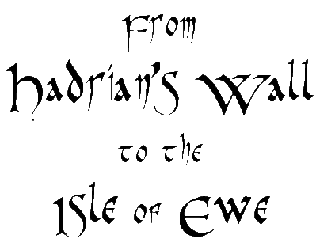
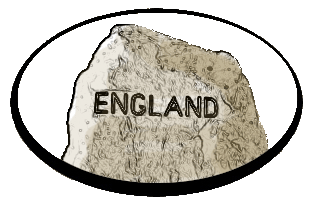

The North Atlantic Arc Home
| Sep/Octoberrrrrrrrrrrrrrrrrrr |
| S | M | T | W | T | F | S |
| 30 | 1 | 2 | 3 | 4 | ||
| 5 | 6 | 7 | 8 | 9 | 10 | 11 |
| 12 | 13 | 14 | 15 | 16 | 17 | 18 |
| 19 | 20 | 21 | 22 | 23 | 24 | 25 |
| 26 | 27 | 28 | 29 | 30 |
 |
|
Wednesday, 8 October 2008 Sunny and clear this morning, and I spend a couple of hours walking around Whitby before hitting the
road. As with Llandudno last year, I've come to like the place after a shaky first impression. Here on the West Cliff, looking over
toward the abbey, there is a whalebone arch, a reminder of Whitby's days as a whaling port; and a statue of Captain Cook, local boy made
good. Down below, I get a last look at the town from out on the pier.
I have two more abbeys to bag today, and I start by cutting across the North York Moors. It's interesting to compare them to the Yorkshire Dales. They seem similar geographically, but aptly enough, the Moors have broader and wilder moors, and fewer and more dramatic dales. Fewer villages of any size, as well. There are many very steep roads dipping down into the dales, and I've noticed that once the grade gets over 20%, the road marking is either 25% or 33%--I guess it's not worth being more exact at that point. [In hindsight, I realize that the percentages are the equivalent of 3:1, 4:1, 5:1, etc.] I descend into Rosedale, Eric Clapton singing Robert Johnson's words in my head, to the village of Rosedale Abbey. No actual abbey, but apparently some meager remains of a priory, which I do not see. The road up out of the village is called Chimney Bank, and is marked 33%. It's steeper than any other 33% road I've been on--the car struggles even in first gear. Part way up are the remnants of an iron mining operation. Down the other side, I pass through the handsome market town of Helmsley on the way to Rievaulx Abbey. I'm dismayed to find that it's closed, but there's nothing keeping me from hopping the fence. I get my photos, and the only thing I miss is buying a postcard. Mother house to Melrose, Rievaulx was Cistercian. The history of the monastic movement is marked by periodic reform. The early ascetics lived singly at first, then in small communities of spartan huts. The first monastic communities emerged in Egypt in the 4th century. European monasteries as we understand them can be traced to the Italian Benedict of Nursia, who established the rules of monastic life. Monks are supposed to live a simple and ascetic life, with the greater part of their time spent in devotional services; but a monastery has to support itself, and over time the rules are relaxed, and the community inevitably becomes more worldly. New orders appear, intent on returning to strict observance, and the Cistercians specifically meant to reinstate the Rule of St Benedict. Still, there's ascetic, and then there's ascetic. Cistercian abbeys were meant to be austere of architecture, without ornamentation, but to my modern eyes, the ruin of Rievaulx is magnificent. And the monks here were particularly industrious, mining and smelting lead and iron, and operating a blast furnace that was far ahead of its time, for the production of cast iron. One historian reckons that the closure of Rievaulx during Henry VIII's dissolution of the monasteries delayed the Industrial Revolution by 250 years. All food for thought as I stop in Helmsley for a look around, and a half of Tetley at the Feathers. Am I in Ontario? The map shows that, between Whitby and York, I might have passed through Scarborough, Pickering, and Malton, five towns with namesakes in the area of Toronto. Even the Feathers is a well-known pub in that city. I know a great deal about Canada's Scottish heritage, but there is obviously more Yorkshire influence in the country than I've been aware of. Byland Abbey is not far away. It's closed, too, but no less accessible than Rievaulx. Unfortunately, immediately after I capture the façade in lovely sunlight, a large cloud pulls over, dampening my photographic spirit. I do the best I can. Leaving Byland, I'm surprised to catch sight of a white horse on a hillside to the north. According to Wiltshire White Horses, the Kilburn white horse is the only one in Yorkshire--white horses are usually associated with the chalky landscapes of Wiltshire, far to the south. I arrive in York in heavy afternoon traffic, and stumble onto my B&B by sheer dumb luck. Strolling through Bootham Bar into High Petergate (a bar is a gate; a gate is a street), I pass a number of promising-looking pubs (a pub is a bar). I choose one for dinner for no other reason than that I like the name. On the way, I pass by the minster, and am awestruck. I've been here before, but somehow had forgotten how extraordinary the York Minster is. Already I feel I haven't allowed enough time here. Next |
 |
Whitby
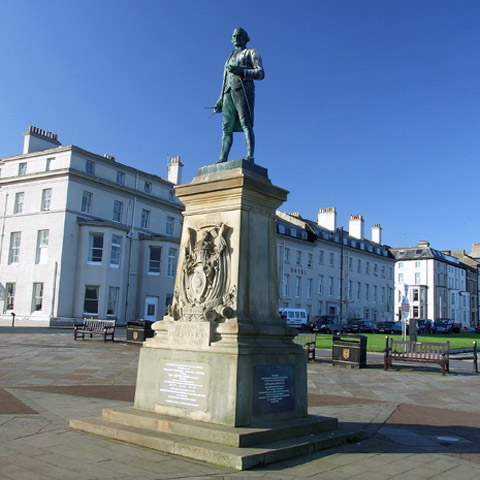 |
 |
Whitby
 |
Whitby
 |
Whitby
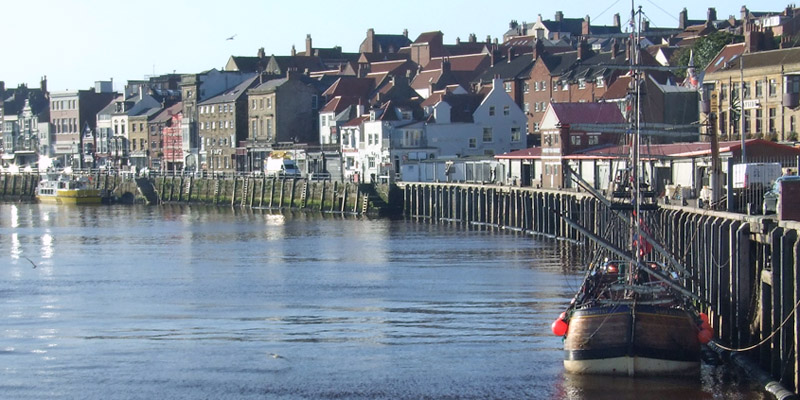 |
Whitby
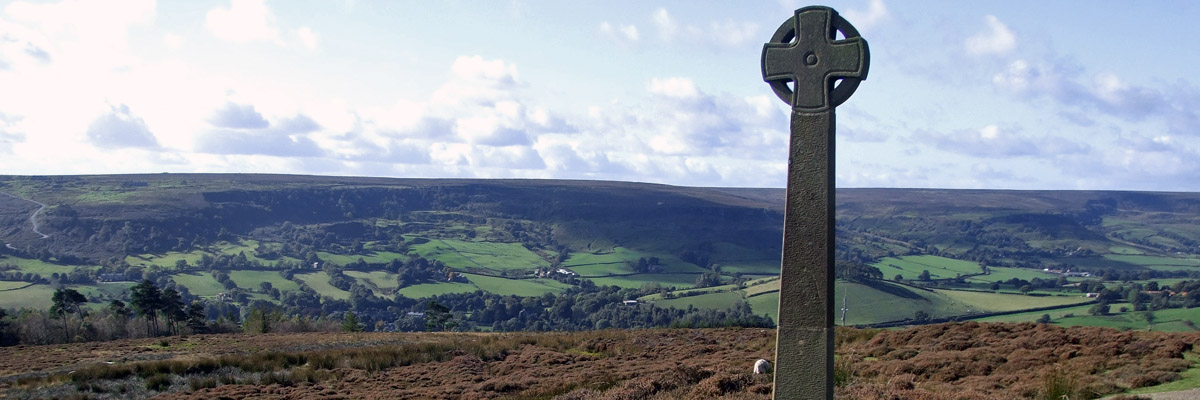 |
Rosedale
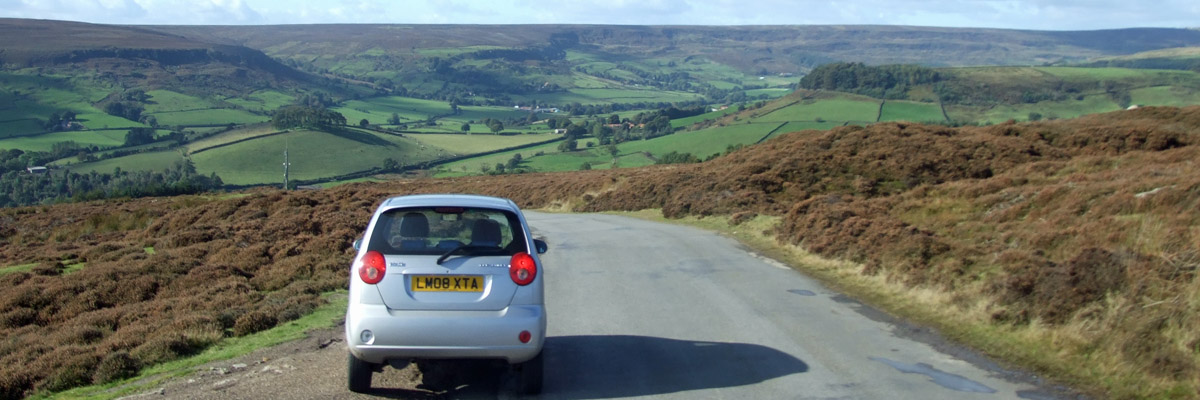 |
Rosedale
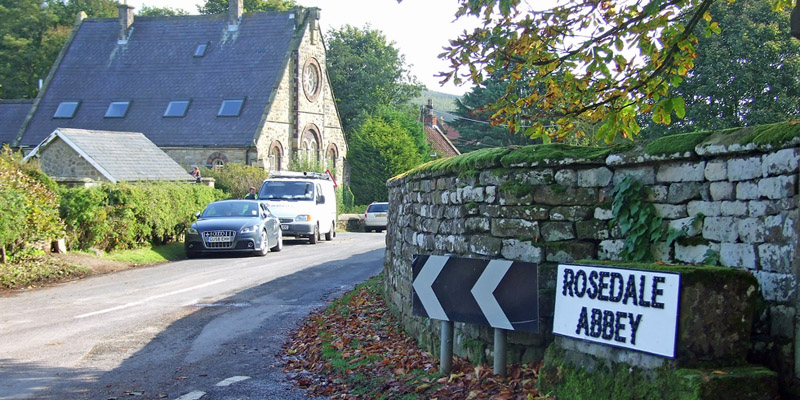 |
Rosedale
 |
Rosedale
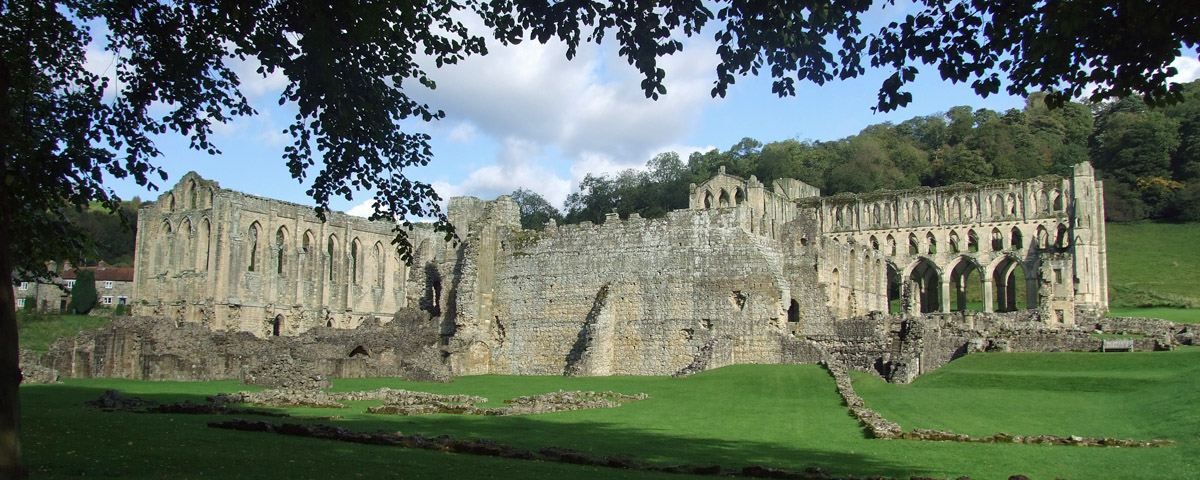 |
Rievaulx Abbey
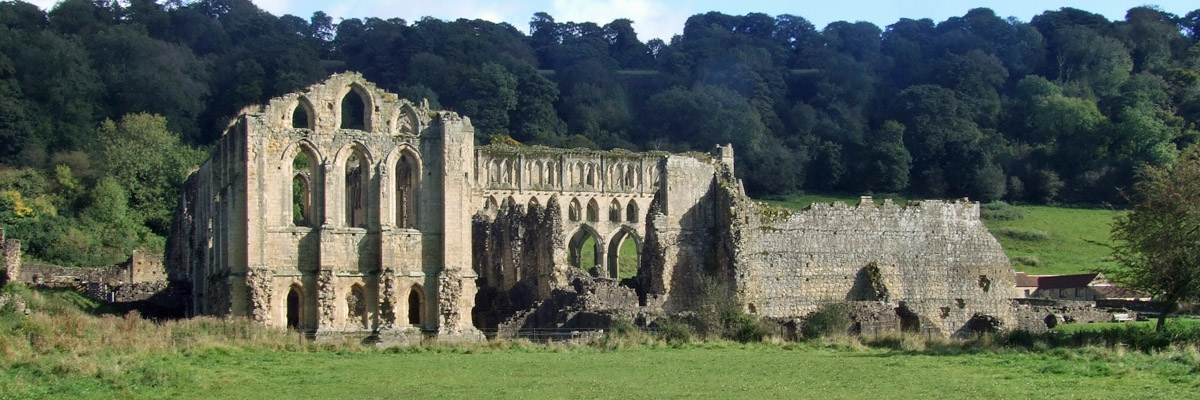 |
Rievaulx Abbey
 |
Rievaulx Abbey
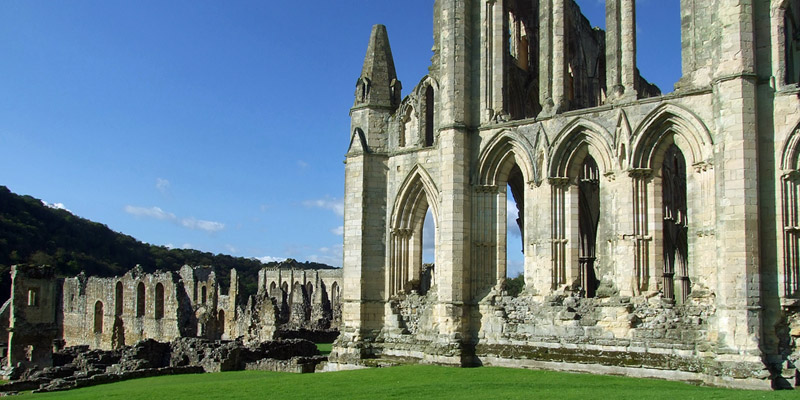 |
Rievaulx Abbey
 |
Rievaulx Abbey
 |
Rievaulx Abbey
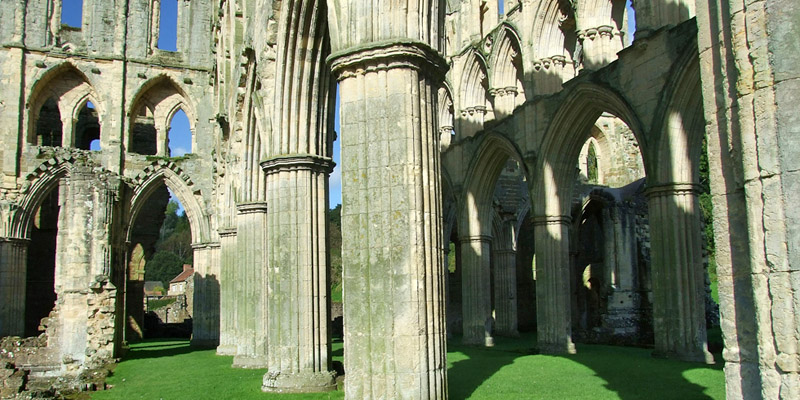 |
Rievaulx Abbey
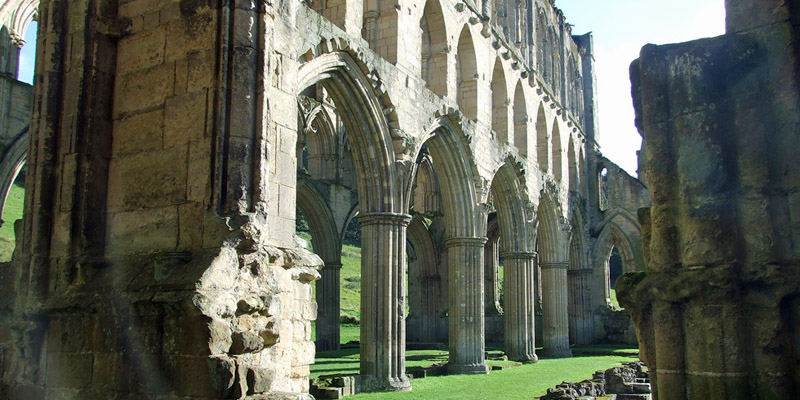 |
Rievaulx Abbey
 |
Rievaulx Abbey
 |
Rievaulx Abbey
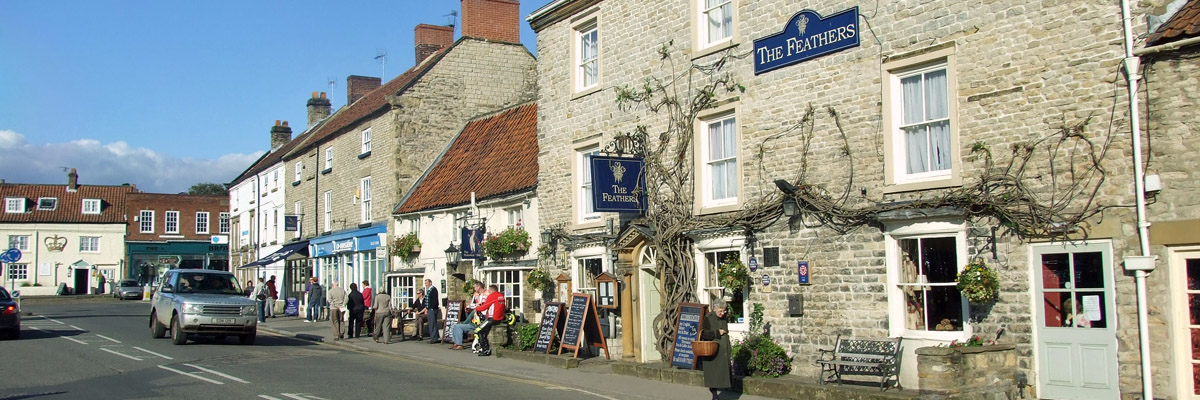 |
Helmsley
 |
 |
 |
 |
Helmsley Panorama
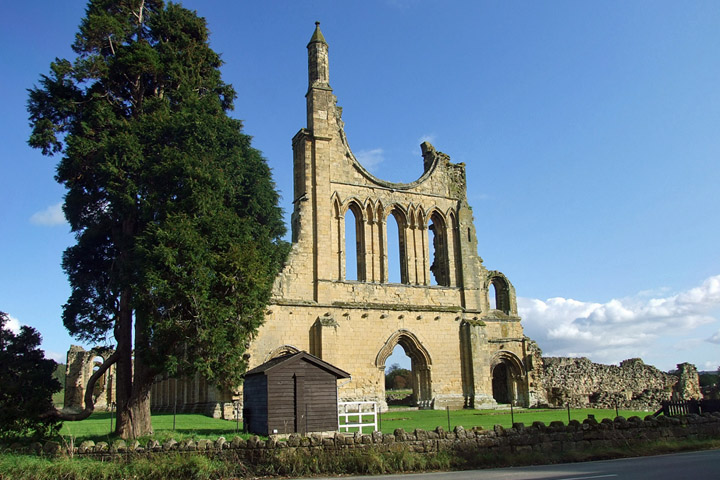 |
Byland Abbey
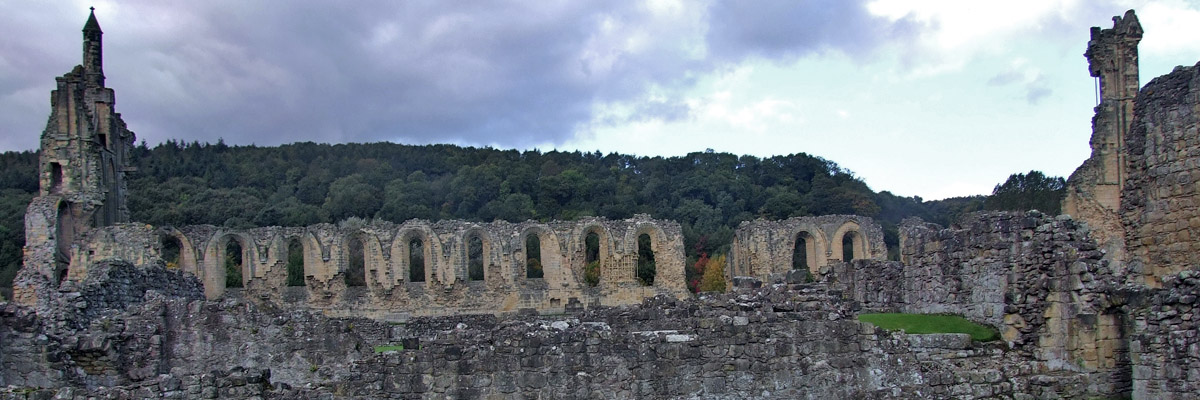 |
Byland Abbey
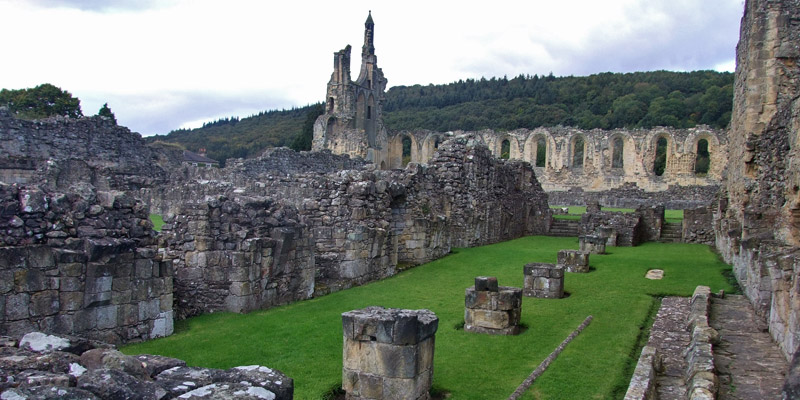 |
Byland Abbey
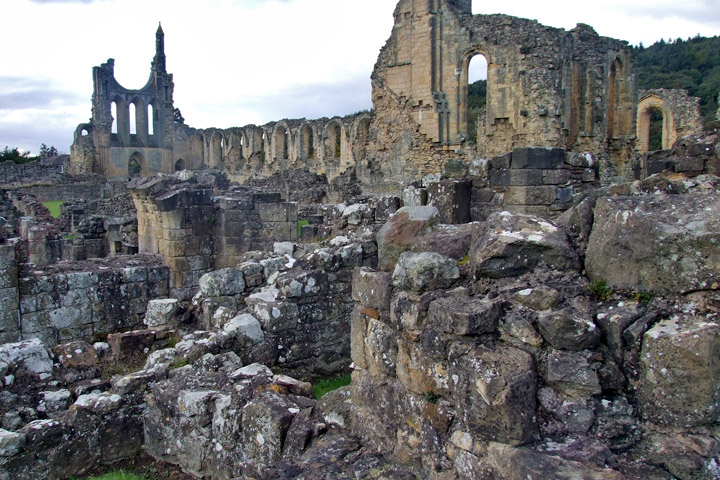 |
Byland Abbey
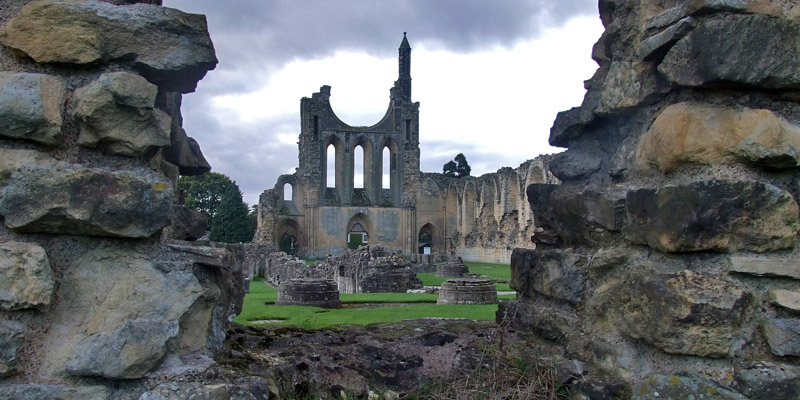 |
Byland Abbey
 |
Byland Abbey
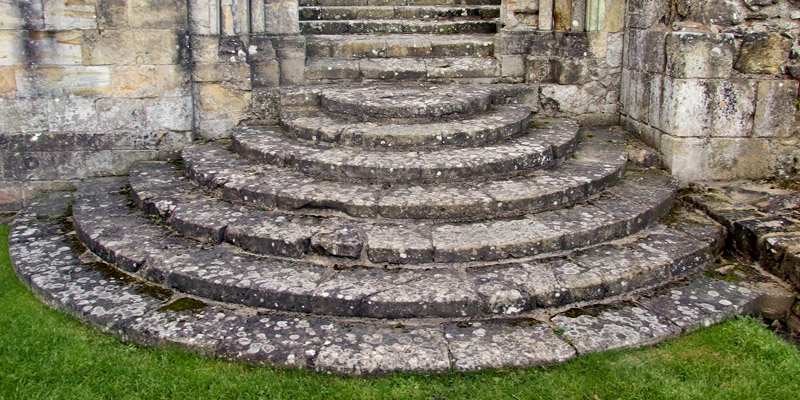 |
Byland Abbey
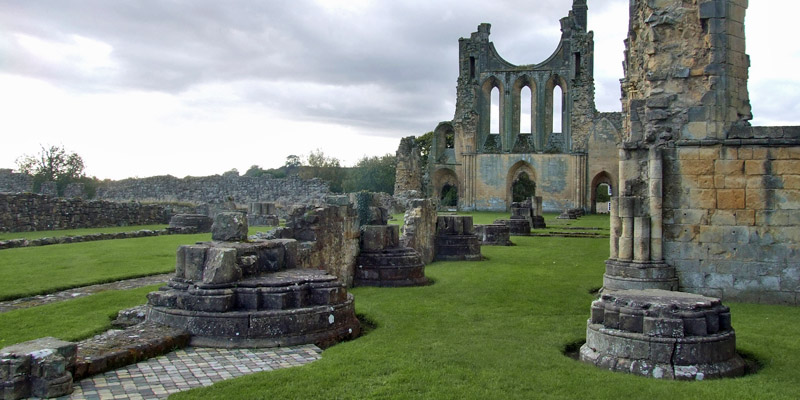 |
Byland Abbey
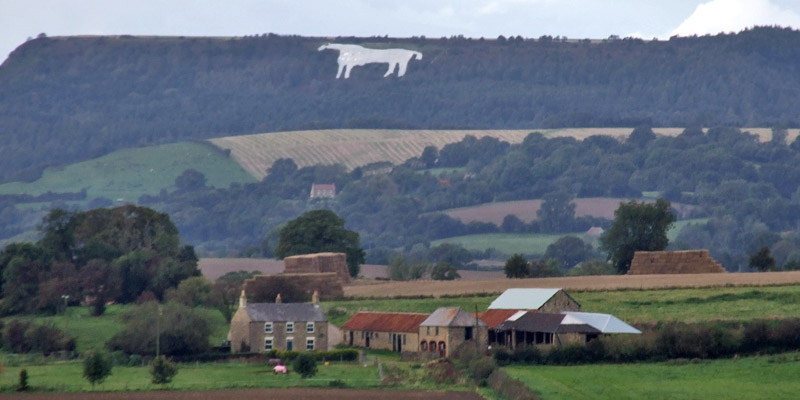 |
Kilburn White Horse
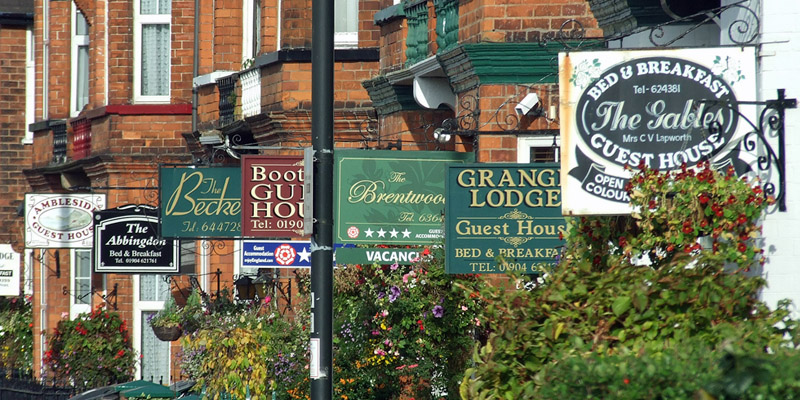 |
B&B Row
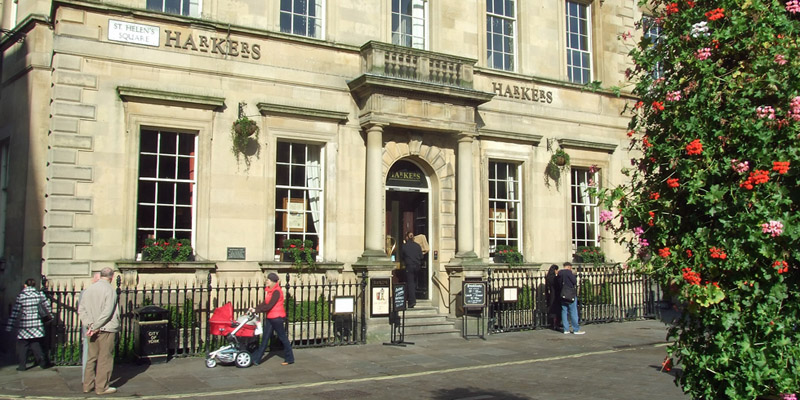 |
Harkers
 |
Harkers
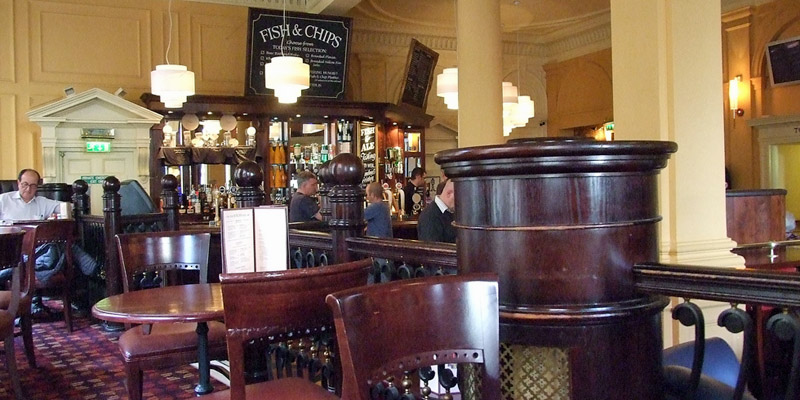 |
Harkers
Next
| Sep/Octoberrrrrrrrrrrrrrrrrrr |
| S | M | T | W | T | F | S |
| 30 | 1 | 2 | 3 | 4 | ||
| 5 | 6 | 7 | 8 | 9 | 10 | 11 |
| 12 | 13 | 14 | 15 | 16 | 17 | 18 |
| 19 | 20 | 21 | 22 | 23 | 24 | 25 |
| 26 | 27 | 28 | 29 | 30 |
The North Atlantic Arc Home
Mr Tattie Heid's Mileage
Results may vary
MrTattieHeid1954@gmail.com